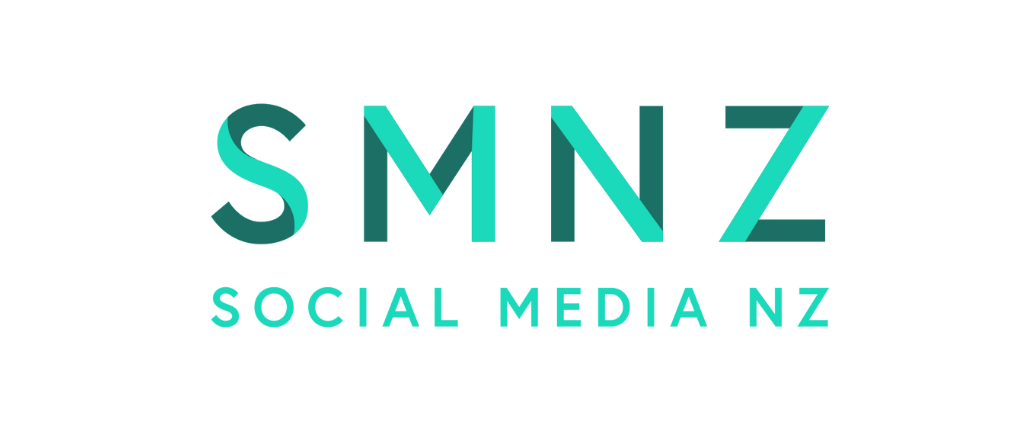Instagram reveals how the algorithm works
When Instagram announced that it would abandon the chronological order on its platform in 2016, users raised their voices. They did not want an algorithm to decide which publications should appear on the timeline of each one (as it happens on Facebook).For a while, Instagram stopped the adaptation and started working on a hybrid version, but until now we had no idea how it worked. This changed during the week. In a meeting with journalists, product lead for the Instagram feed, Julian Gutman, explained that the algorithm used in Instagram takes into account three factors: Interest: how much you like a certain post, by analysing past behaviour in same type of topic.Timeliness: simply how old is the post, the new algorithm will prioritise newer posts over older ones.Relationship: how close are you with the person who shared the post, basing this in previous comments and tags.Instagram gives relevance to the most recent publications, but of those users closest to you. This is defined through the number of interactions you have with your contacts. To calculate this, the artificial intelligence algorithm uses your search history, comments, what you liked, etc to be able to identify the best content to display.Why did they change the algorithm?What motivated Instagram to change the algorithm was the high percentage of publications that users did not see. It was estimated that each user lost 70% of the publications in total and 50% of the publications of their closest friends (in chronological order).With the arrival of the new algorithm, Instagram clarifies that its users can see up to 90% of the most relevant publications (among their contacts and advertising).Six Instagram myths:1: Instagram hides posts in the feed.It is often thought that Instagram does not show all the publications made by contacts and that it "hides" some for a certain reason.However, it's not like that. Instagram shows all the content, just that, they organise them to show what you consider most relevant in the first place, you would have to scroll until you reach the last update according to the order of the ranking to see them all.2: Photos are valued more than the videos.Another false belief is to consider that the Instagram algorithm enhances photographs over videos. That's not true, Instagram does not give more weight to a type of content than to others in a generic way.What the application does is take into account the usage history of each user, and if it interacts a lot with videos, it will show you more videos first, and if it interacts a lot with photographs, it would be with this type of content that is first to appear in the feed.3: Instagram favours users who use Stories and Live featuresSome people believe Instagram algorithm places the posts of the users who use the Stories more or perform Live on top.However, this is not the case as Instagram does not take into account the use of either features when ordering the publications to shows to each user.4: Instagram penalises for posting a lot.There are also those who think that if several photographs or videos are uploaded at the same time, some of them are "penalised" by the ranking. That isn’t right either, although what Instagram does do is introduce another publication in the middle so the user doesn't see too many posts of the same person followed.5: Instagram penalises for using too many hashtags.Techrunch informs us that Shadowbanning is not a real thing, and that Instagram doesn’t hide posts for using too many hashtags. Besides, Instagram allows you to publish up to 30 different hashtags in the same content. I mean, how many do you need?6: Instagram gives relevance to personal and business accounts.Some believe that Instagram grants more value to the publications of the company accounts and personal accounts than to “normal” users. That’s another false idea. Instagram doesn’t give extra feed presence to the business nor the personal posts over the others deliberately. Everything depends on the use and history of each account.

